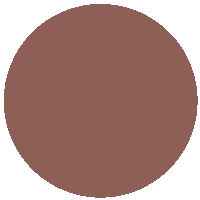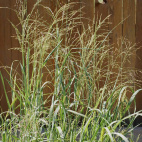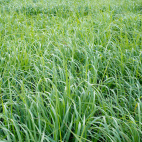Color
Availability
USDA Zone
Region
Type
Duration
Season
Germination
Soil
Sunlight
Height
Narrow Your Search
Color
Availability
USDA Zone
Region
Type
Duration
Season
Germination
Soil
Sunlight
Height
US Native Grass Seeds
The species on this page are not all technically classified as grasses, but the average gardener would probably call them "grass". Here you will find a variety of seeds of native grasses, sedges, reeds, and rushes. You might not think of grass as being as beautiful as flowers, but some of these wild grasses really are beautiful in their own way. Many of the native prairie grasses turn color in autumn, and the rusty bronze color of the stems adds a real fall aura to the planting. Winter birds benefit from the wild grass seeds, and small animals use the thick undergrowth for cover. The biomass of the grass is also the primary source for fuel when a prairie planting undergoes a planned burn.
-
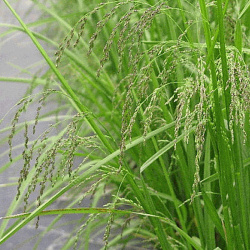 Fowl Manna Grass Seeds
Glyceria striata
As suggested by its name, the fowl manna grass seeds of this popular native plant are a natural food source for ducks, geese, and other domestic birds. In the wild, it prefers a little shade with wet soil, but can also be grown in average soil in full sun.Quick View$3.25 Pkt - $16.57 / Oz
Fowl Manna Grass Seeds
Glyceria striata
As suggested by its name, the fowl manna grass seeds of this popular native plant are a natural food source for ducks, geese, and other domestic birds. In the wild, it prefers a little shade with wet soil, but can also be grown in average soil in full sun.Quick View$3.25 Pkt - $16.57 / Oz -
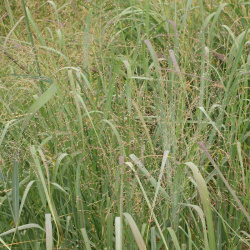 Switch Grass Seeds
Panicum virgatum
This popular native grass is common in many native restorations. It can grow it's airy seedheads in a wide range of soils, and is a medium height, making it a useful species. This grass is a warm season perennial, so the songbirds feast on the seeds into the fall season.Quick Viewx
Switch Grass Seeds
Panicum virgatum
This popular native grass is common in many native restorations. It can grow it's airy seedheads in a wide range of soils, and is a medium height, making it a useful species. This grass is a warm season perennial, so the songbirds feast on the seeds into the fall season.Quick ViewxSwitch Grass Seeds
Panicum virgatum
This popular native grass is common in many native restorations. It can grow it's airy seedheads in a wide range of soils, and is a medium height, making it a useful species. This grass is a warm season perennial, so the songbirds feast on the seeds into the fall season.
$2.98 Pkt - $5.96 / Oz
The species on this page are not all technically classified as grasses, but the average gardener would probably call them "grass". Here you will find a variety of seeds of native grasses, sedges, reeds, and rushes. You might not think of grass as being as beautiful as flowers, but some of these wild grasses really are beautiful in their own way. Many of the native prairie grasses turn color in autumn, and the rusty bronze color of the stems adds a real fall aura to the planting. Winter birds benefit from the wild grass seeds, and small animals use the thick undergrowth for cover. The biomass of the grass is also the primary source for fuel when a prairie planting undergoes a planned burn.
